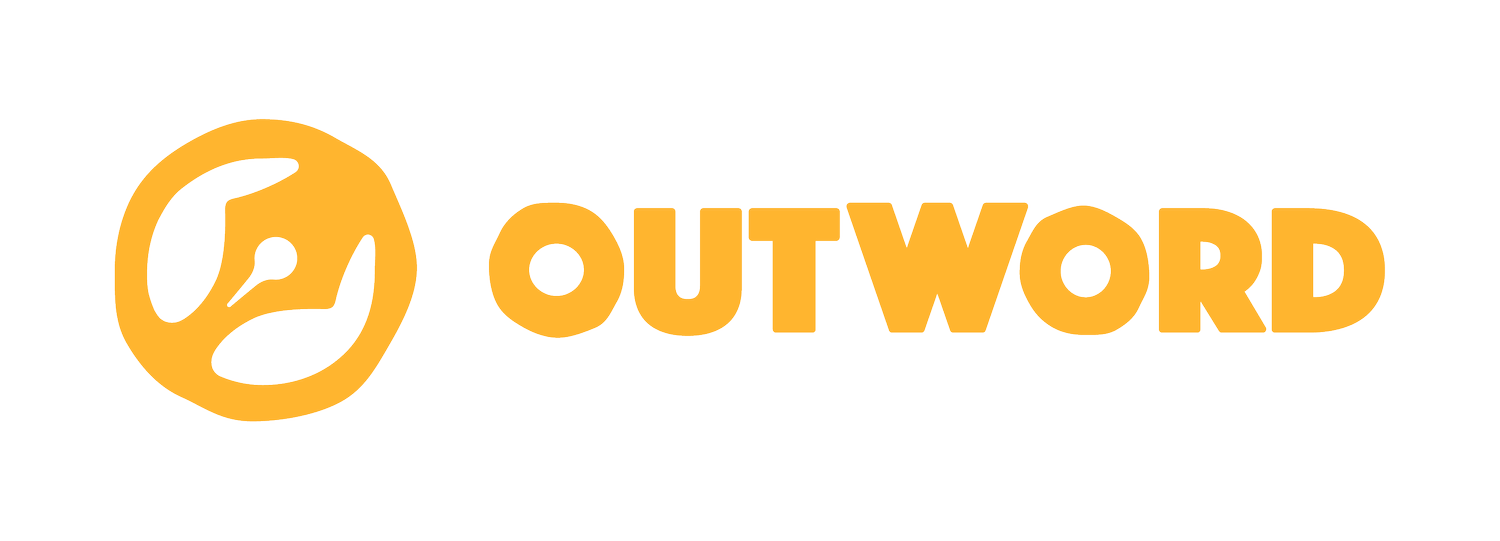The REBRAND
I could talk about branding all day and until I'm blue in the face. I don't like this about myself. You might want to take notes before I wise up, quit this gig, and spend the rest of my days replanting forests or residing in a cavernous public library.
For today, for now: the rebrand.
There is this idea that rebrands happen when things aren't going great.
A celebrity goes on a bender and drives their car through a petting zoo of penguins. It makes headlines, so the celeb goes off the radar for a bit. When they return, here is a rebrand - someone totally different. This is an act of PR - let us show you the kind of person who would never, ever harm a penguin.
I don't know who you're thinking of, but it's certainly not THIS guy.
(and yes, it's a guy, because how could it not be?)
Or, in another case, a company rebrands to distance themselves from a fuckup. BP rebranded, twice, and neither worked. The first was in 2000 when they opted to go from "British Petroleum" to "Beyond Petroleum" because, hey, greenwashing. They spent about $100 million dollars over a decade to develop the brand (while also investing about $8 billion maintaining their oil operations). In 2010, Deepwater Horizon exploded and caused over 210 million gallons of crude oil to flow into the Gulf of Mexico - forever changing the ecology and economy of the northern gulf states.
$65 billion in fines. Oof. And a $211 million rebrand.
Did it work?
Well, when someone talks about "BP" - are you thinking about their 2000 commitment to renewable projects? When a rebrand happens from a point of desperation, you can smell it for generations.
Rebranding isn't a last resort.
If things "aren't working" for you, your message, your sales, your company, whatever - the brand probably isn't the issue. No point in spending all that cash on new logos, domains, and letterhead - it's not going to fix anything.
Instead, rebrands should be done from a strong foundation.
First a little at a time, then all at once.
Rebranding indicates evolution. Your company isn't failing, it is growing and changing. It is keeping pace with their audience, their customer, and is creating more of what they need. It's not just about delivering on the right product but knowing how to evolve that product to keep up with what the world is demanding of you.
The brand changes with the product. This is a good thing.
Every rebrand should make sense. Things will look different, there should be some fanfare, you want people to notice - but nothing should come as a shock. When done well, a rebrand shouldn't shake your audience's loyalty. The customers who leave? They were in the wrong place to begin with.
As a client once described: "It's like the outside now matches the inside."
The change happens a little at a time, then all at once. How you talk about your product changes, and how you photograph it, and how people react to you....a little by a little by a little.
Then, all at once.
Rebrand from a place of power.
If you're in trouble, a rebrand won't fix it. Shut it down, sell it off, close up shop and start anew with something totally different. Even the emperor loved his new wardrobe. If it doesn't feel right, if the confidence isn't there, you're likely working with the wrong messaging. Let's talk.
The brand is for you.
It's not about logos and color schemes and having "punchy" language.
Your brand keeps you in line. Everything you do and say and create should fit within the ethos of your organization's brand. If it doesn't, you're delivering the wrong product to the wrong people. Your brand keeps you from wasting money trying to chase trends or keep up with the Jonses. Your brand is for you - it's what makes people want to work with you and no one else.
Not penguins, not petroleum - power.
It all starts with your message.
What are you saying?
